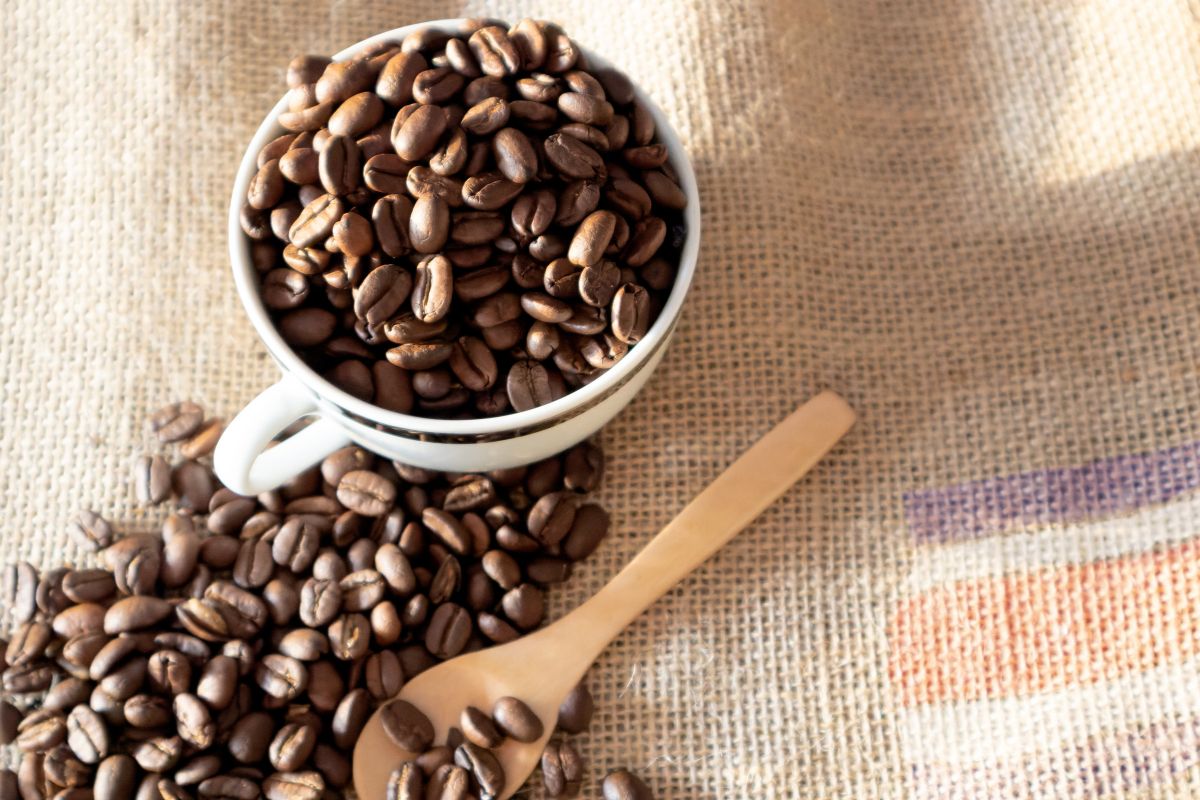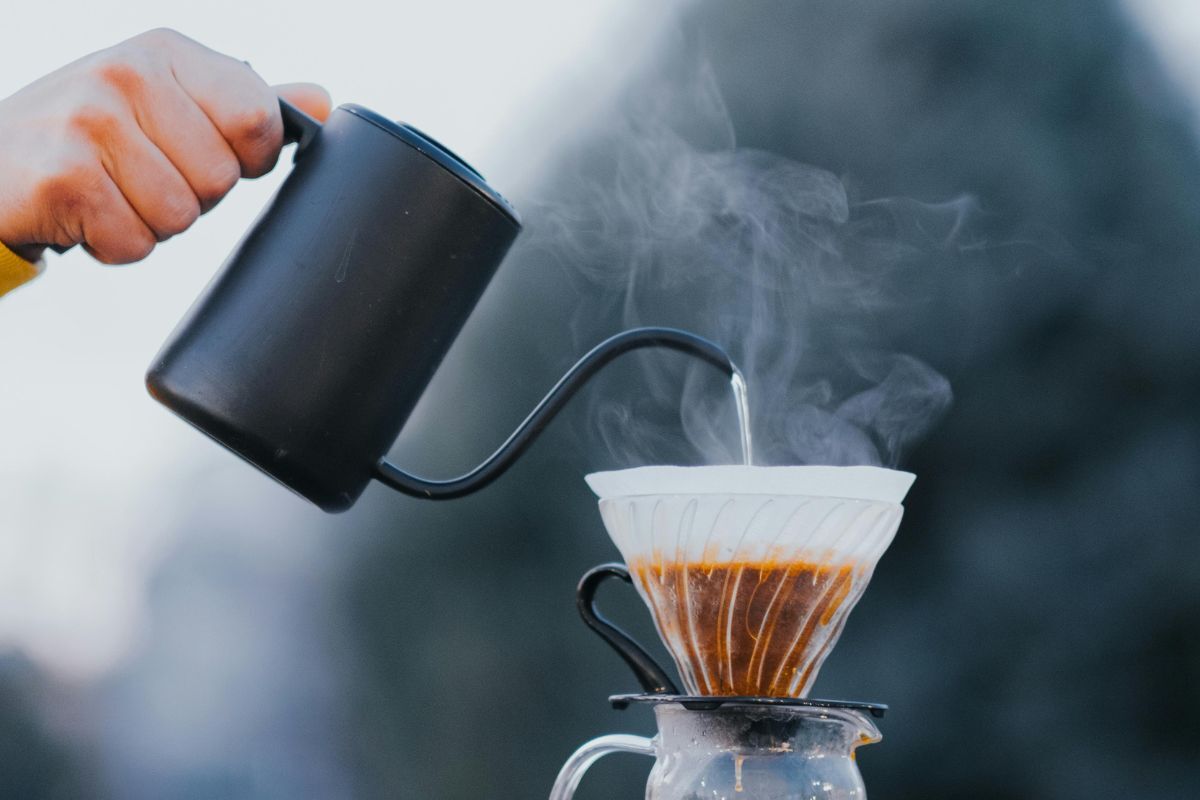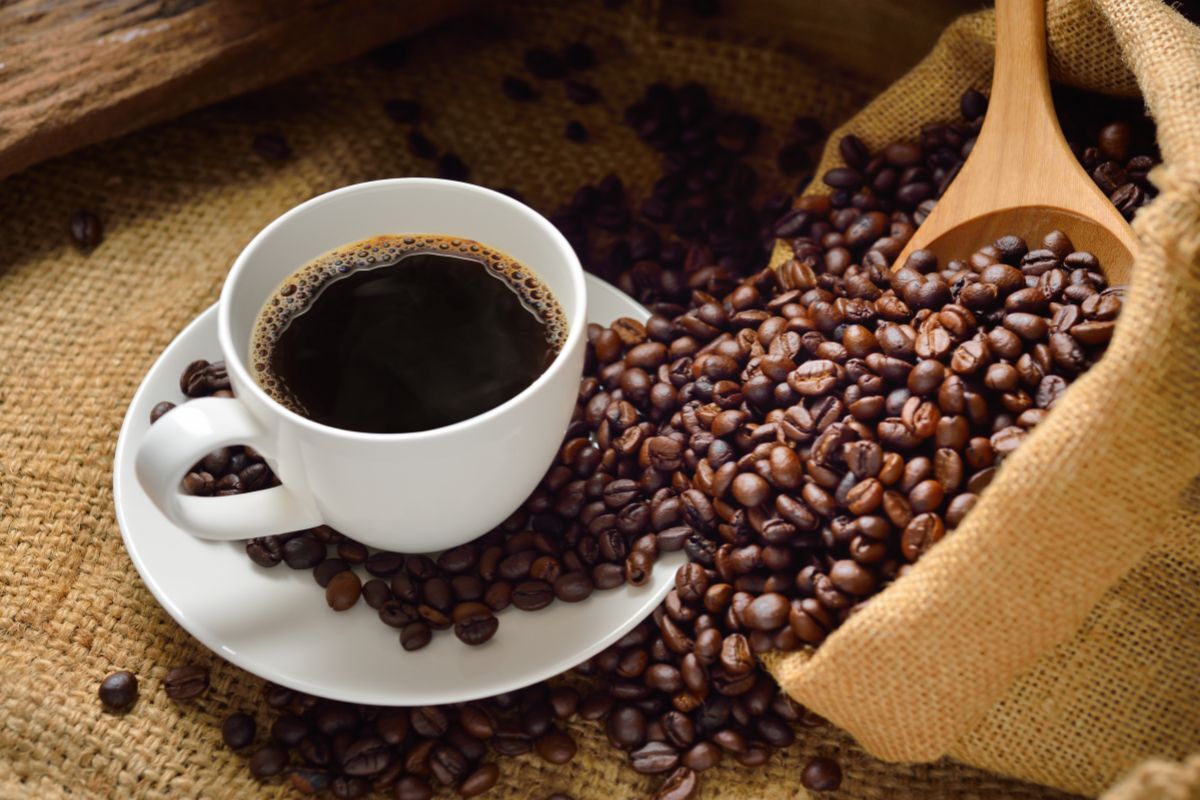Costa Rican coffee has earned its reputation worldwide for its bright acidity, clean flavors, and smooth body. Whether you’re sipping a honey-processed bean from Tarrazú or a high-altitude roast from Naranjo, the potential in the cup is extraordinary. The problem? Even the most exceptional beans can taste flat, bitter, or lifeless if brewed incorrectly.
We’ve all had that disappointing cup—too sharp, too watery, or missing the very flavors that make Costa Rican coffee special. The truth is, great coffee depends as much on your brewing habits as it does on the beans themselves. The good news is that most common mistakes are easy to spot and simple to fix. Let’s walk through the five most common slip-ups and how to make sure your morning cup lives up to the beans you paid for.

Mistake 1: Treating All Grinds the Same
Grind size is the foundation of a good brew. It determines how quickly water extracts flavor from the coffee grounds. Get it wrong, and the result swings between harsh bitterness or weak, tea-like blandness.
-
Too fine: Over-extraction makes coffee taste bitter and dry.
-
Too coarse: Under-extraction leads to a flat, watery cup.
Fix: Match grind size to your brewing method. For a French Press, use coarse grounds (think breadcrumbs). For a pour-over, aim for medium, similar to sand. Espresso requires a fine, powdery grind. Investing in a burr grinder gives you consistency and control, which makes all the difference.
Mistake 2: Brewing with “Dead” Beans
Coffee is at its best shortly after roasting. Those rich citrus, chocolate, and floral notes fade fast, and stale beans won’t bring them back no matter how carefully you brew. Think of old beans like stale bread—edible, but far from satisfying.
Fix: Store your beans in an airtight container at room temperature. Skip the fridge and freezer—they expose coffee to moisture and odors that ruin its flavor.
Mistake 3: Forgetting Water Is 98% of Your Cup
You wouldn’t cook pasta in swamp water, so why brew coffee with poor-tasting tap water? Since coffee is mostly water, the quality of what’s in your kettle directly affects the flavor in your mug.
Fix: Use filtered or spring water. Aim for water heated between 195–205°F (90–96°C). This temperature range pulls out the nuanced flavors without burning the beans. If your coffee consistently tastes off, your water is often the quiet culprit.

Mistake 4: Playing the Guessing Game with Ratios
“Eyeballing” your coffee-to-water ratio is a gamble. One day it’s too weak, the next day it’s strong enough to power a small village. Without consistency, you’ll never get to know what Costa Rican coffee really tastes like.
Fix: Start with a baseline: 1–2 tablespoons of ground coffee for every 6 ounces of water. From there, adjust to your preference. If you want to be precise (and remove the guesswork), use a kitchen scale—15–18 grams of coffee per 250 grams of water is a reliable golden ratio.
Mistake 5: Letting Coffee Linger Too Long
Coffee is delicate. Letting it sit in a French Press or stew on a hot plate is a fast way to turn bright flavors into bitter sludge. Time matters as much as grind and temperature.
Fix: Brew only what you’ll drink in one sitting. If you need to keep it warm, pour it into a thermal carafe to preserve flavor without cooking it. Your coffee will thank you, and so will your taste buds.
Brew Like You Mean It
Costa Rican coffee shines when it’s given the respect it deserves. Avoid these five mistakes and you’ll reveal the complexity—hints of citrus, chocolate, honey, or flowers—that make these beans world-class. Brewing isn’t about perfection; it’s about paying attention to details that unlock what’s already inside the coffee.
Ready to taste the difference? Skip the stale supermarket blends and bring home Café Milagro’s Costa Rican roasts—fresh from Quepos to your kitchen.
FAQs
How do I know if my beans are fresh?
Look for a roast date on the bag. If you don’t see one, assume the beans aren’t fresh.
What’s the #1 beginner mistake?
Grinding wrong. Dialing in the right grind size is the fastest way to upgrade your cup.
Do I really need a scale?
Not required, but it makes your brews more consistent and helps you figure out your sweet spot.
Which brew method makes Costa Rican coffee shine?
It depends on your mood. French Press gives a full, rich body. Pour-over highlights brightness and clarity. Espresso delivers intensity and café-style crema.


